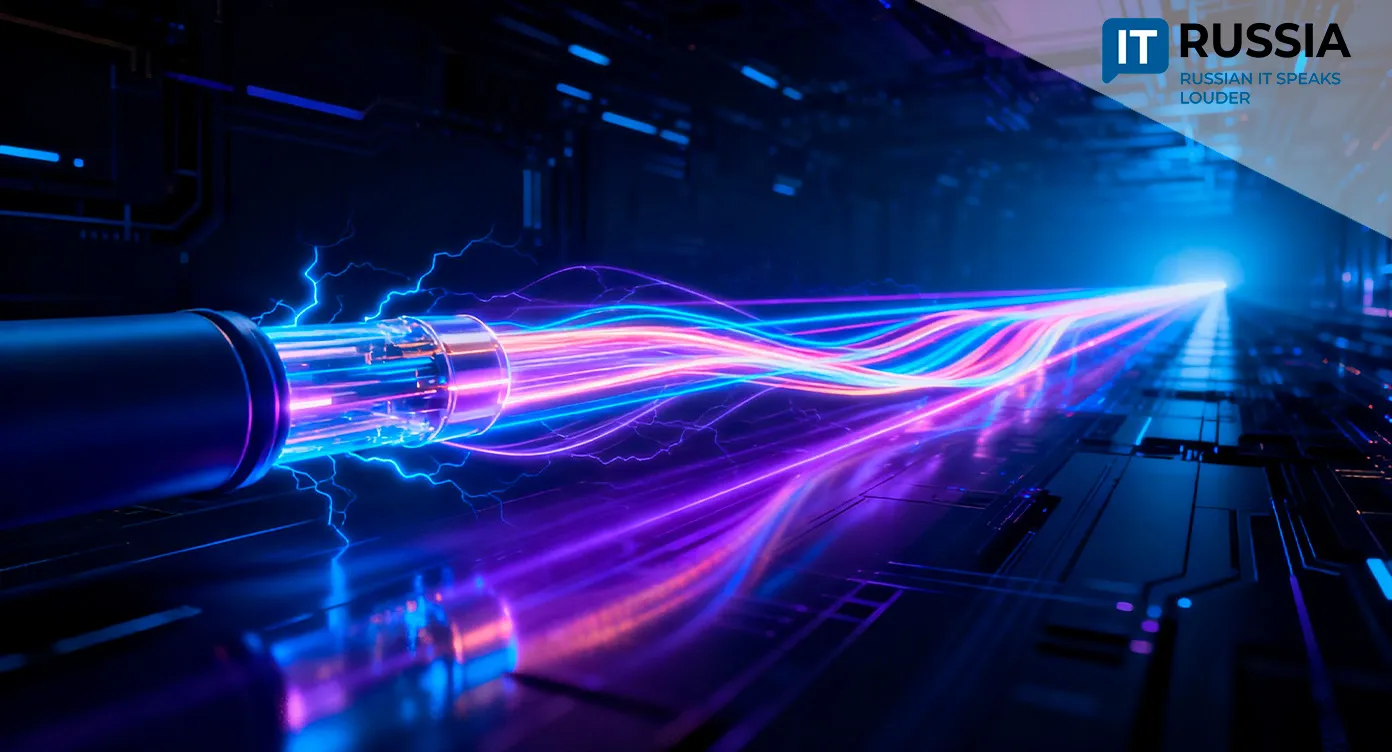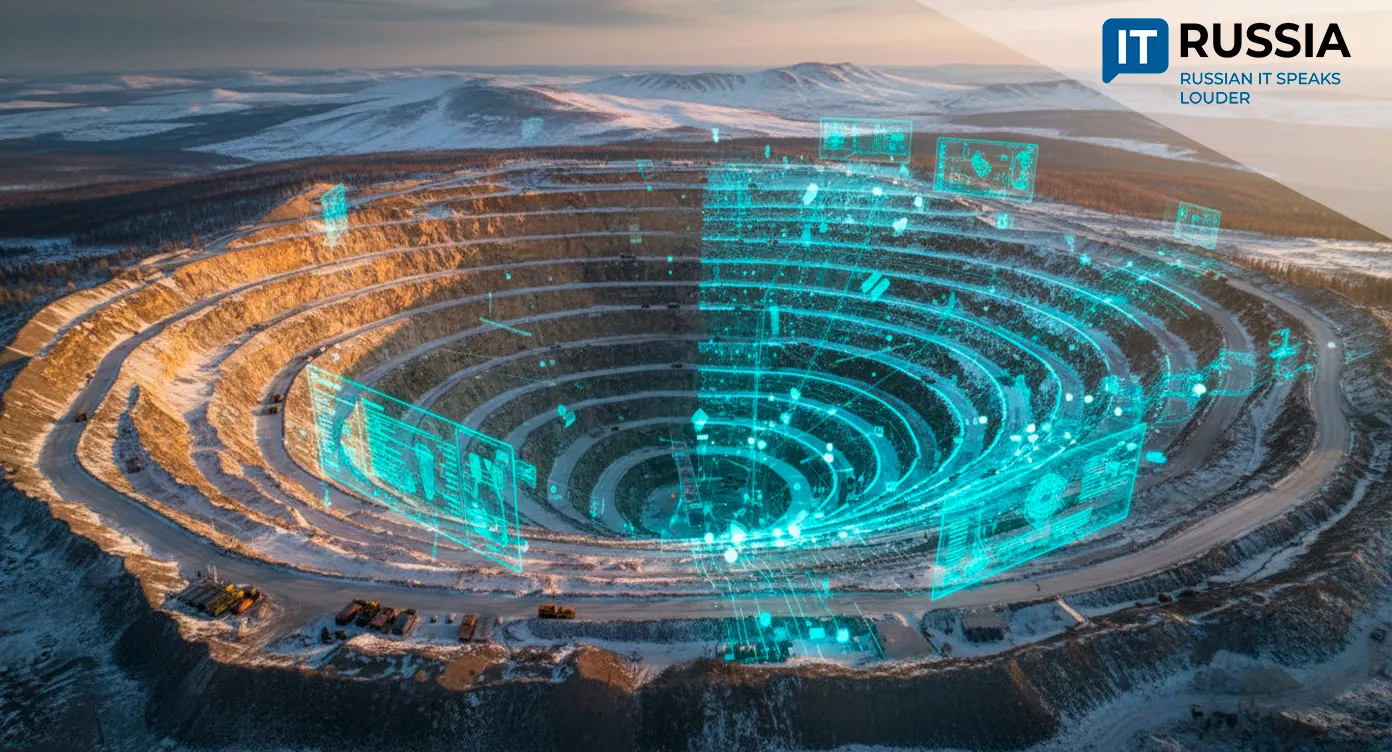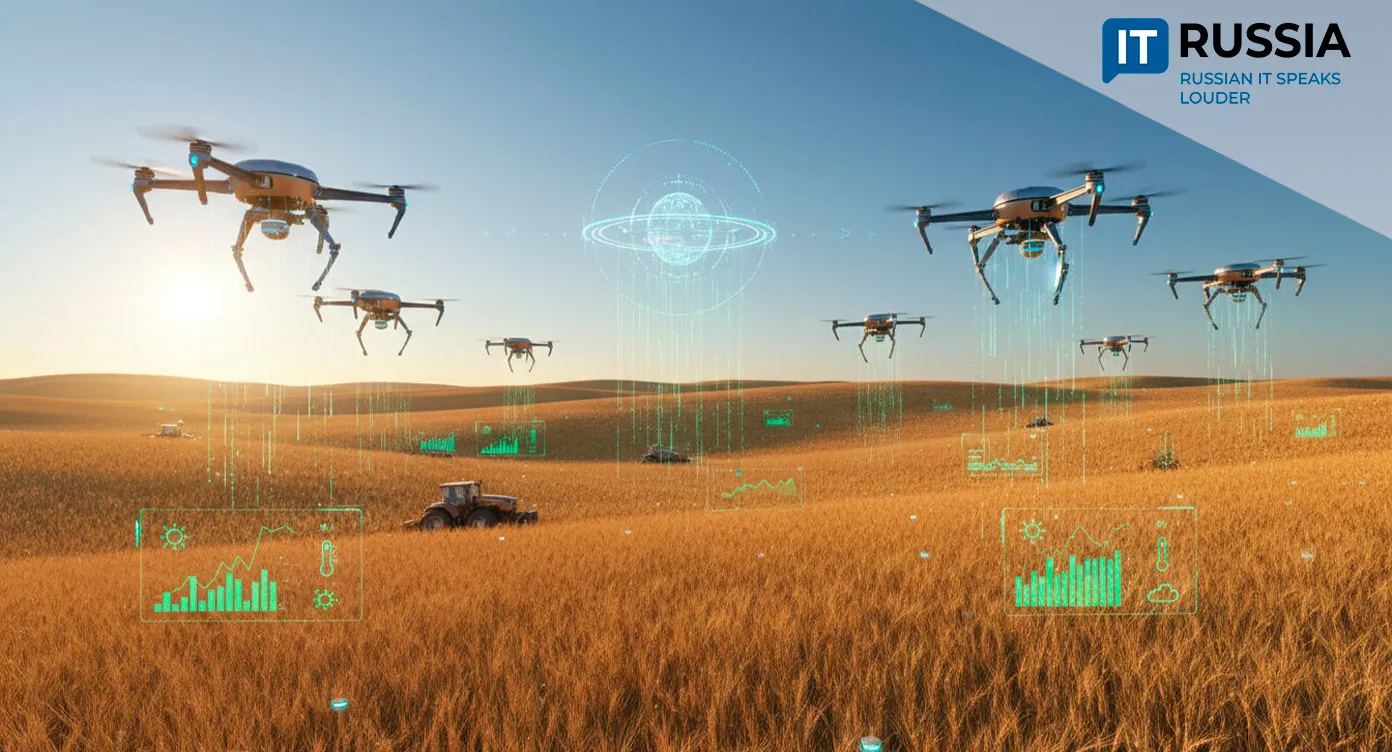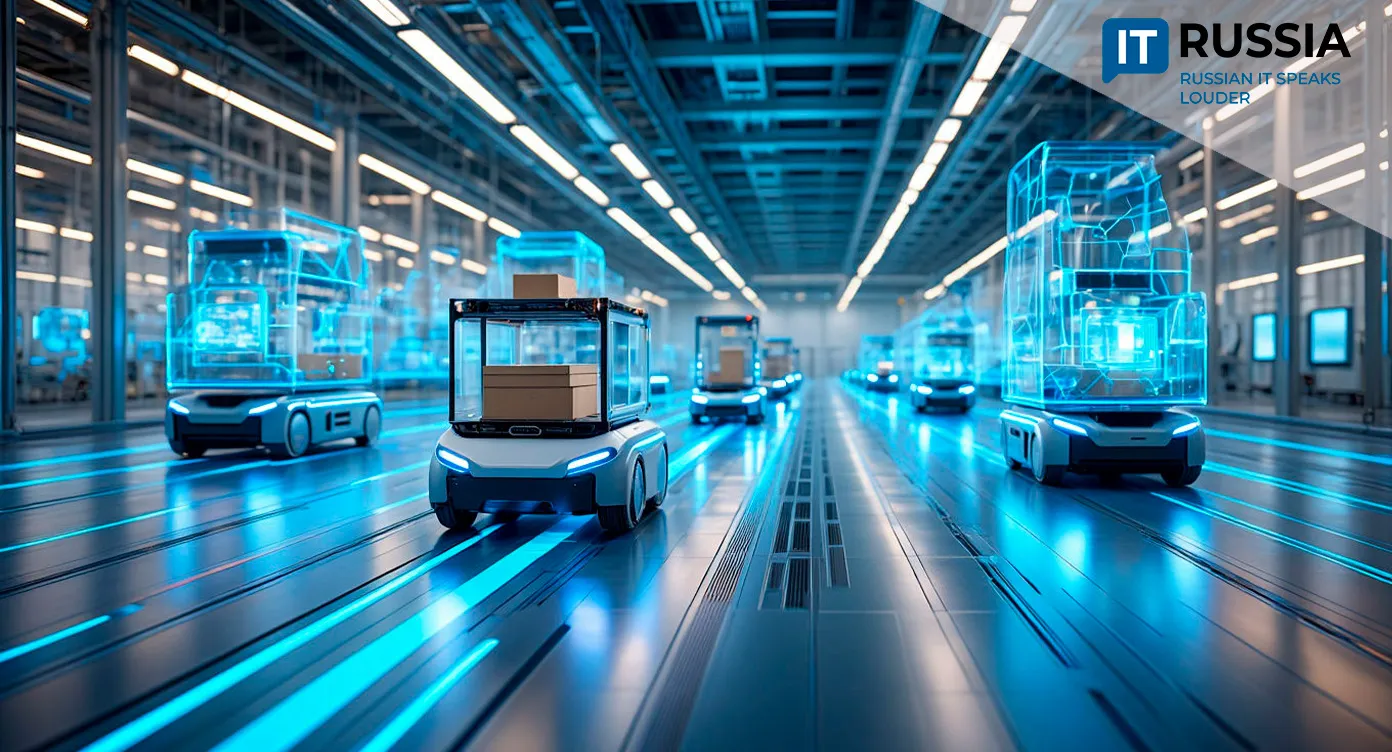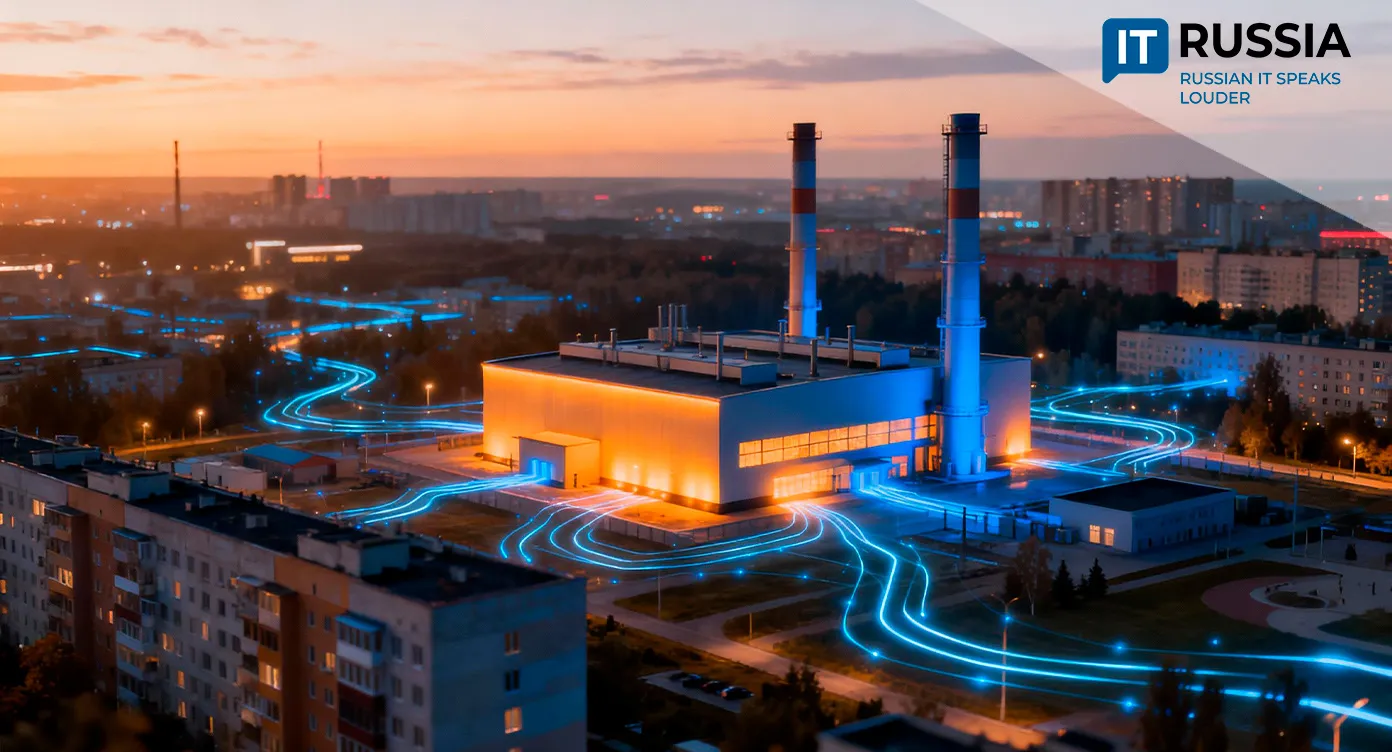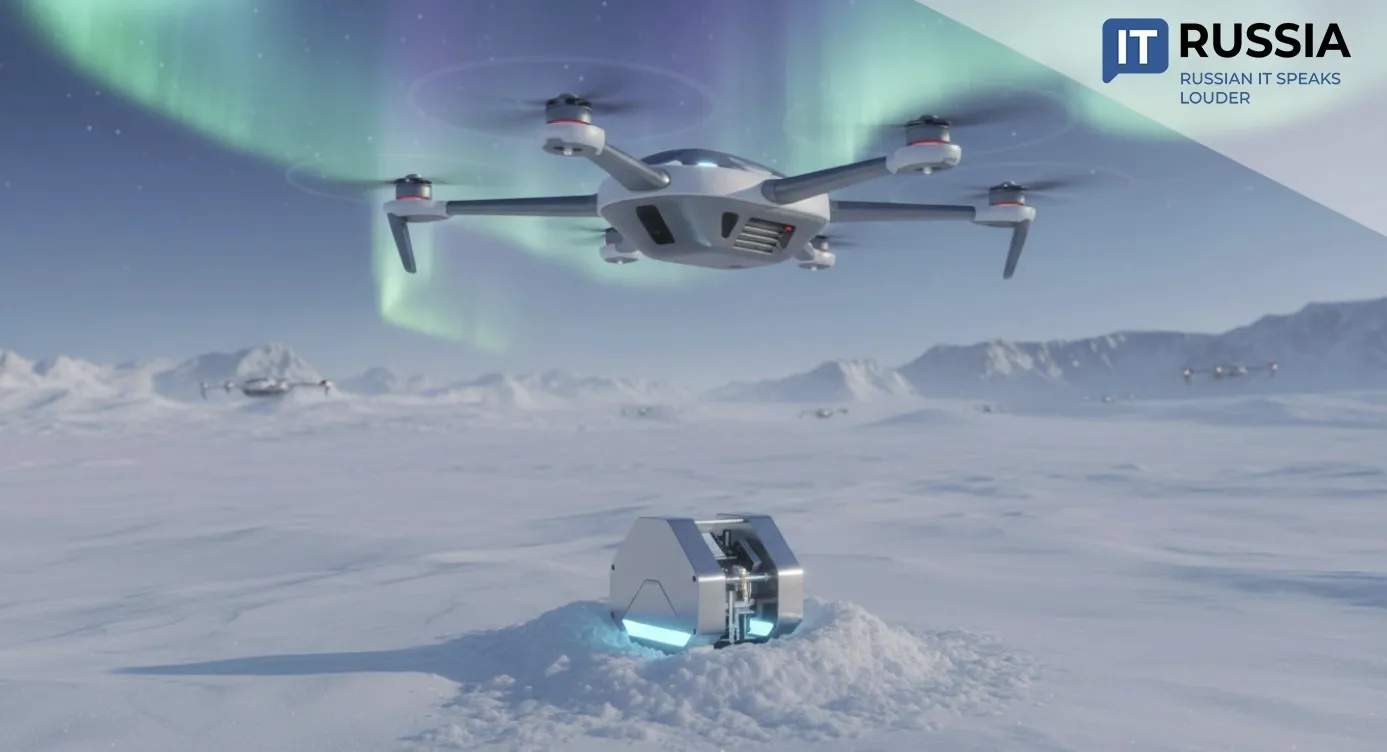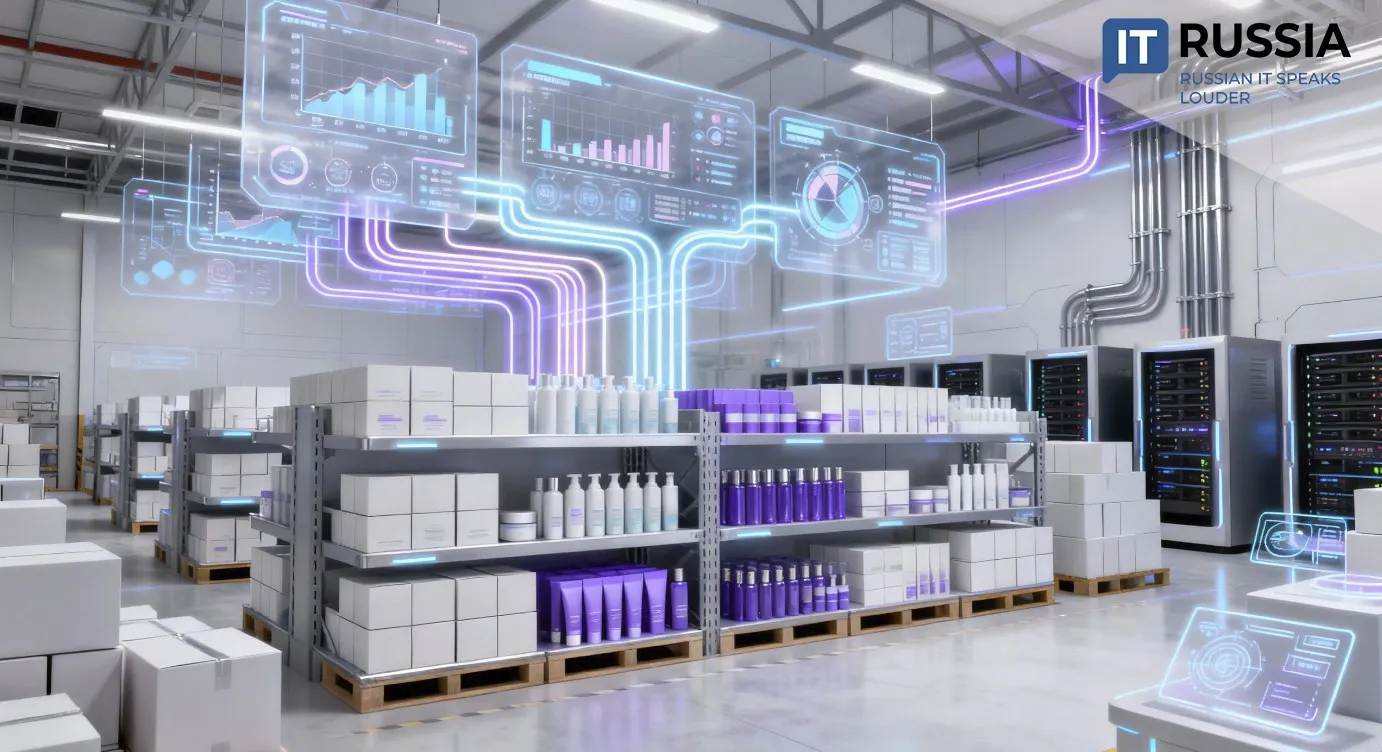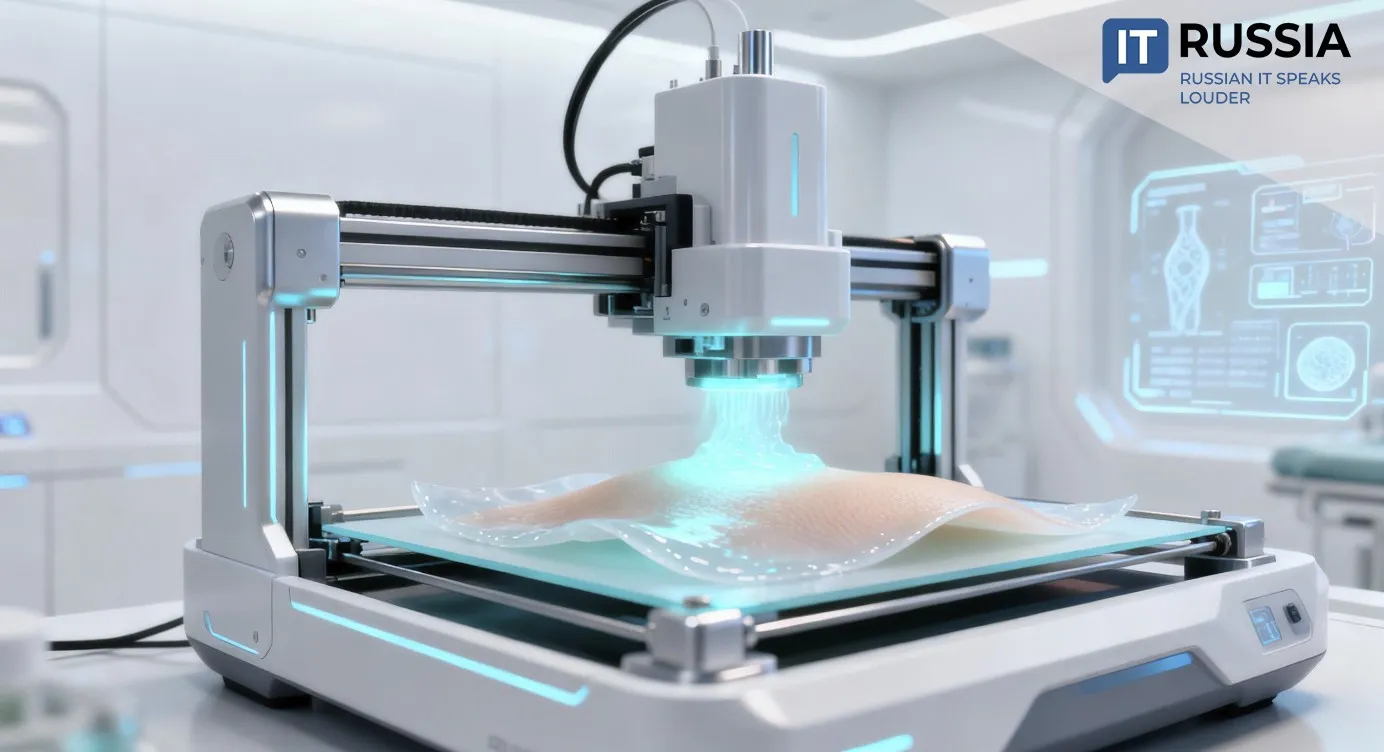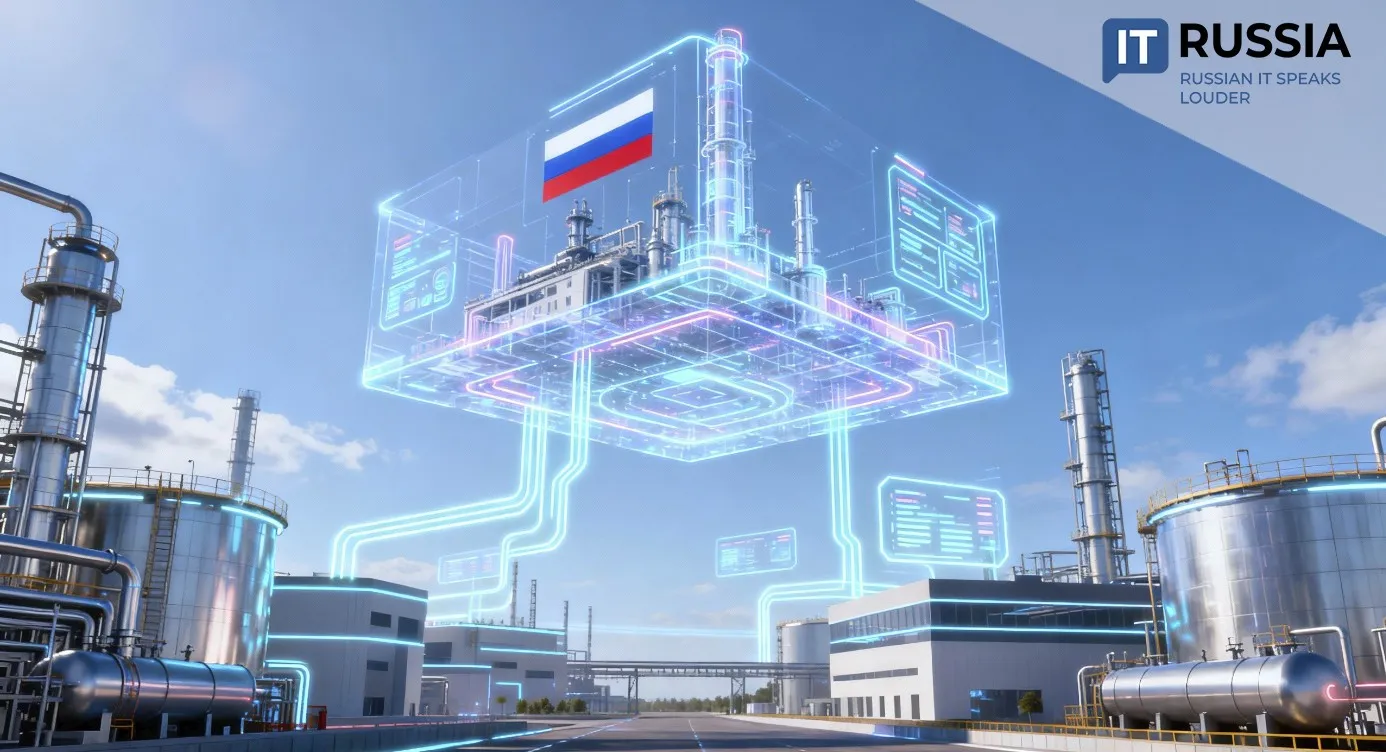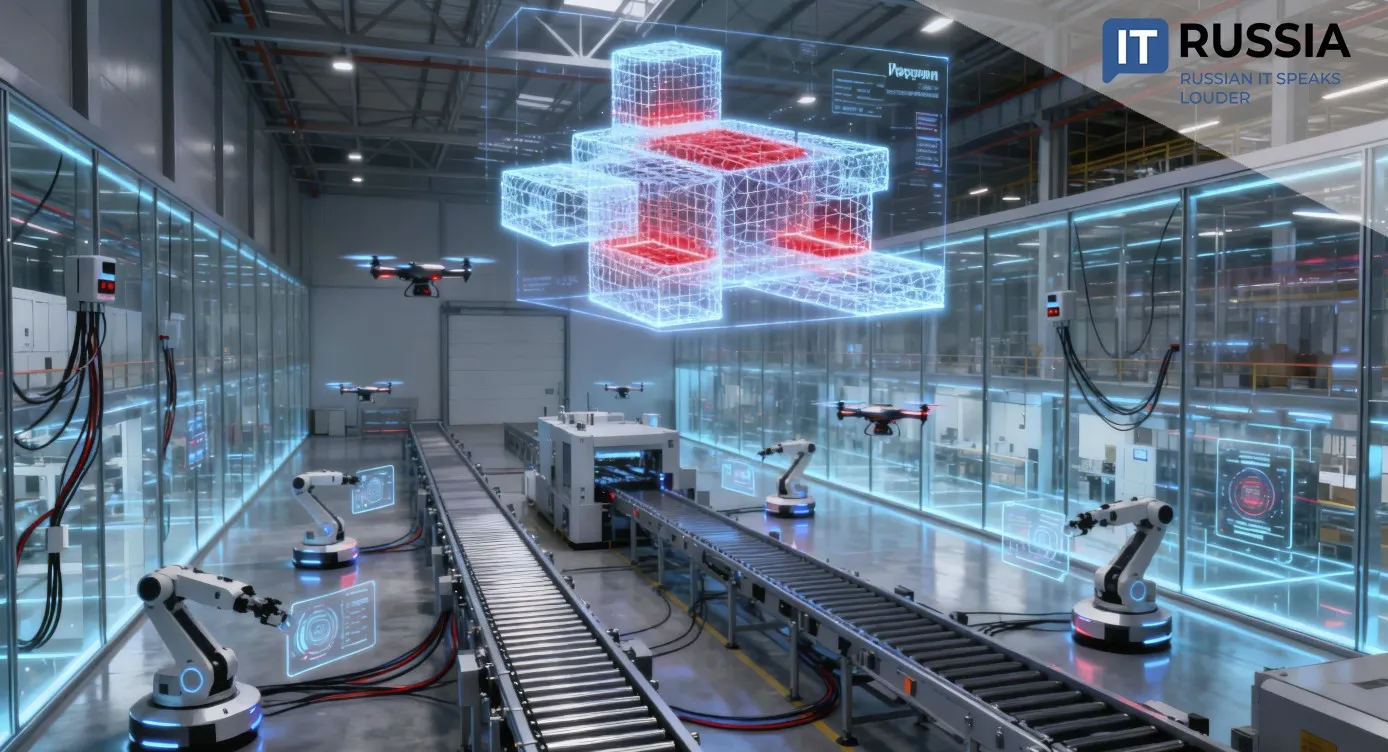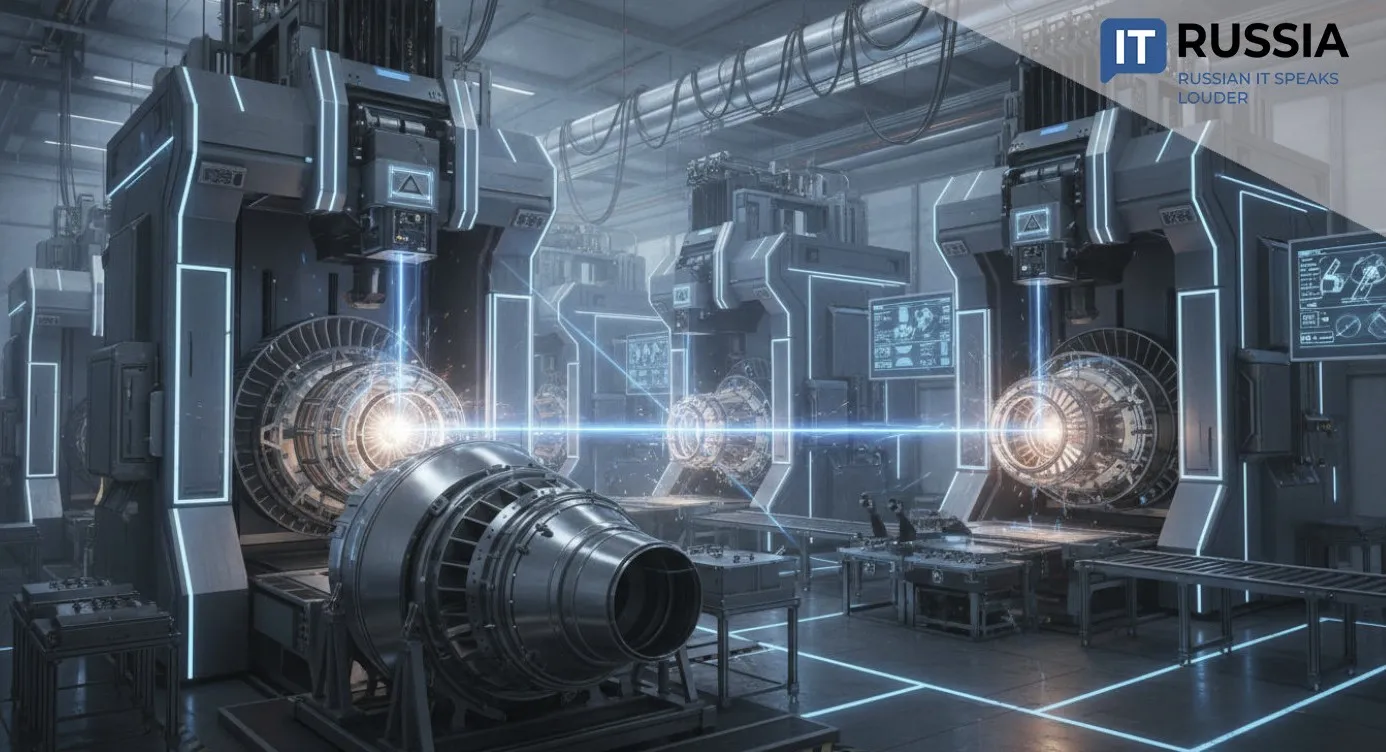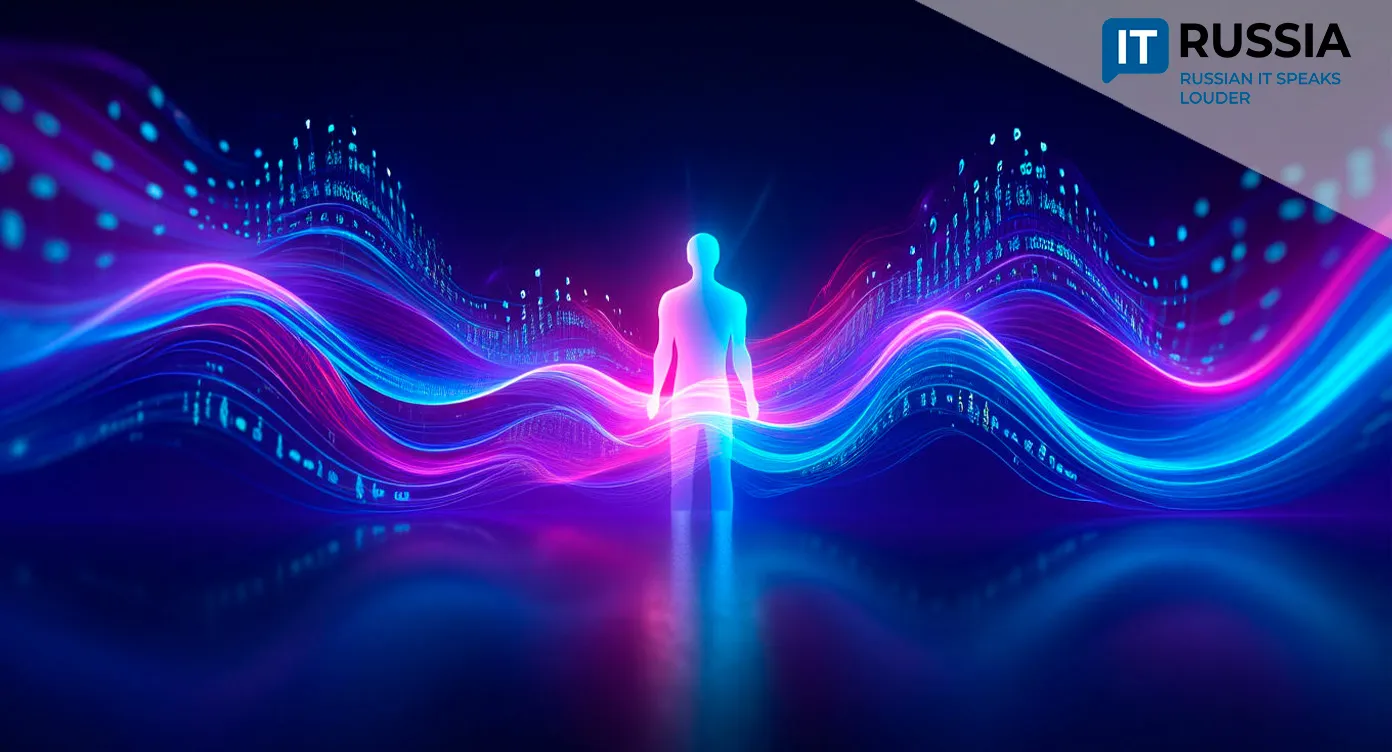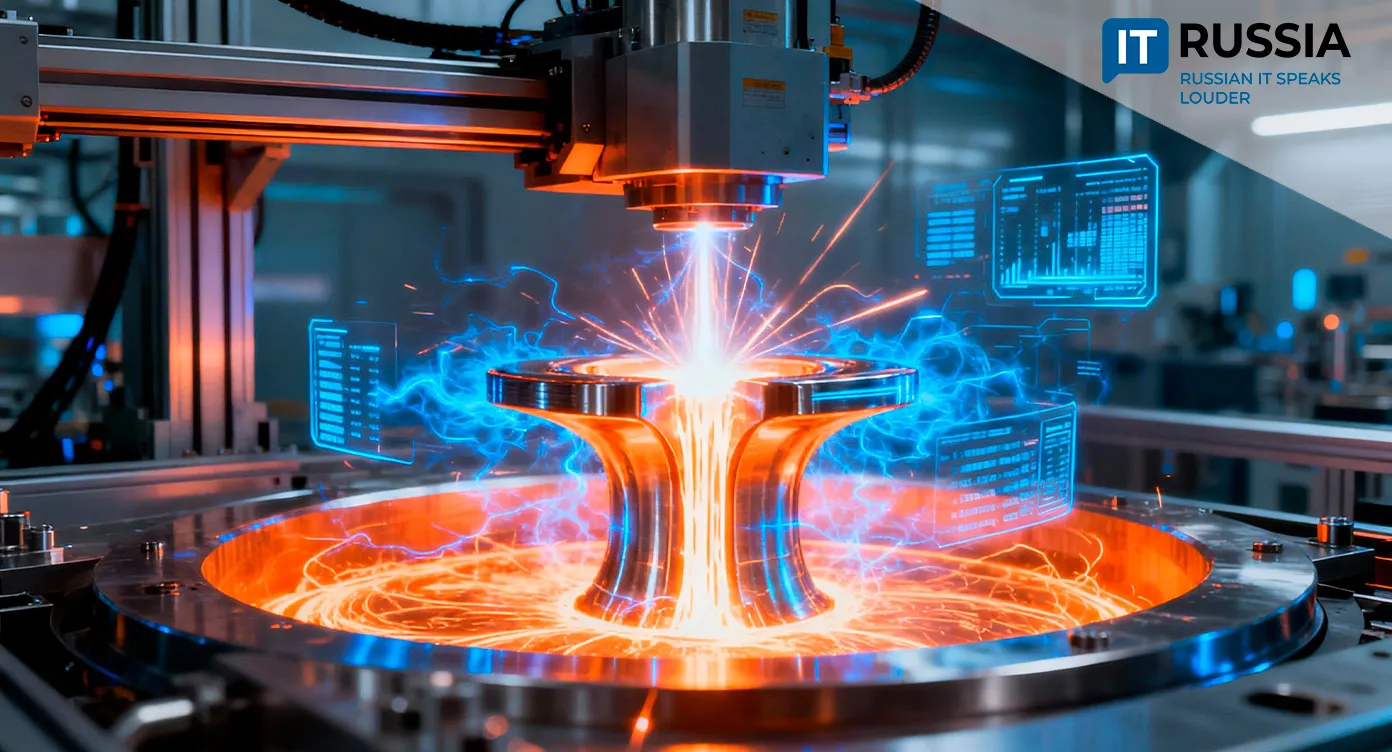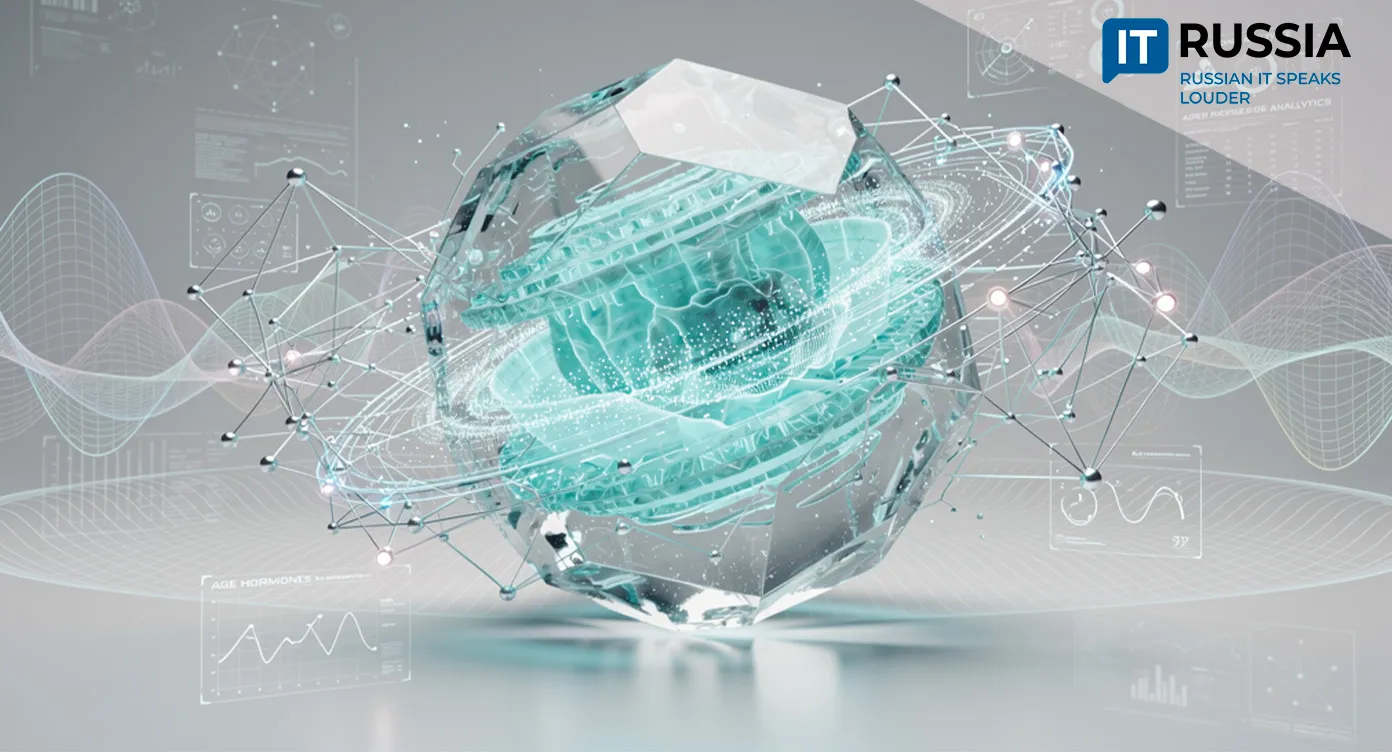Rivers of Milk: AI to Accelerate Russia’s Dairy Processing

Russia is launching large-scale AI integration in the dairy sector, applying machine vision, predictive analytics, and machine learning to improve efficiency and reduce waste.
AI-Driven Transformation in Dairy
Health & Nutrition (H&N, formerly Danone Russia), one of the country’s largest dairy producers and a leader in plant-based beverages, has begun a sweeping digital transformation across all of its production facilities. The company’s main objective is to boost efficiency and profitability through artificial intelligence.

According to CEO Yakub Zakriev, AI-powered predictive maintenance could cut unplanned equipment downtime in milk processing by 30% to 50%. “In the dairy industry, this translates into dozens of hours of avoided stoppages and significant reductions in defective output on filling and packaging lines,” Zakriev explained.
Looking ahead, AI will help eliminate defective products altogether. “We are working on projects to deploy machine vision in packaging facilities that will detect defects in real time and instantly sort them out,” the CEO said.
A Systemic Digitalization Strategy
H&N’s approach to digitalization is systematic and firmly rooted in Russian-developed technology. On May 28, 2025, the company announced the completion of a new phase of implementation for Jume, a Russian integrated business planning (IBP) platform.
The transition started in 2023, after foreign business systems—including SAP IBP—were cut off. H&N sought a domestic solution capable not only of addressing immediate needs but also of providing a long-term foundation for integrated planning. Jume’s intelligent platform, which can deploy any IBP module without limits on users or data volumes, became the solution of choice.
Today, key modules are already operational:
- Planning and optimizing promotional campaigns across retail chains and individual stores
- Demand forecasting
- Inter-warehouse transfers and product redistribution
- End-to-end production planning
- Safety stock planning with cost simulation
This migration has reduced reliance on foreign software while building a scalable, future-proof planning system integrated with existing IT infrastructure.
Scaling Up AI Investments
Between 2025 and 2026, H&N will invest about 400 million rubles in production automation. The program will cover 10 factories and 40 production lines—a first step in a much broader AI expansion.
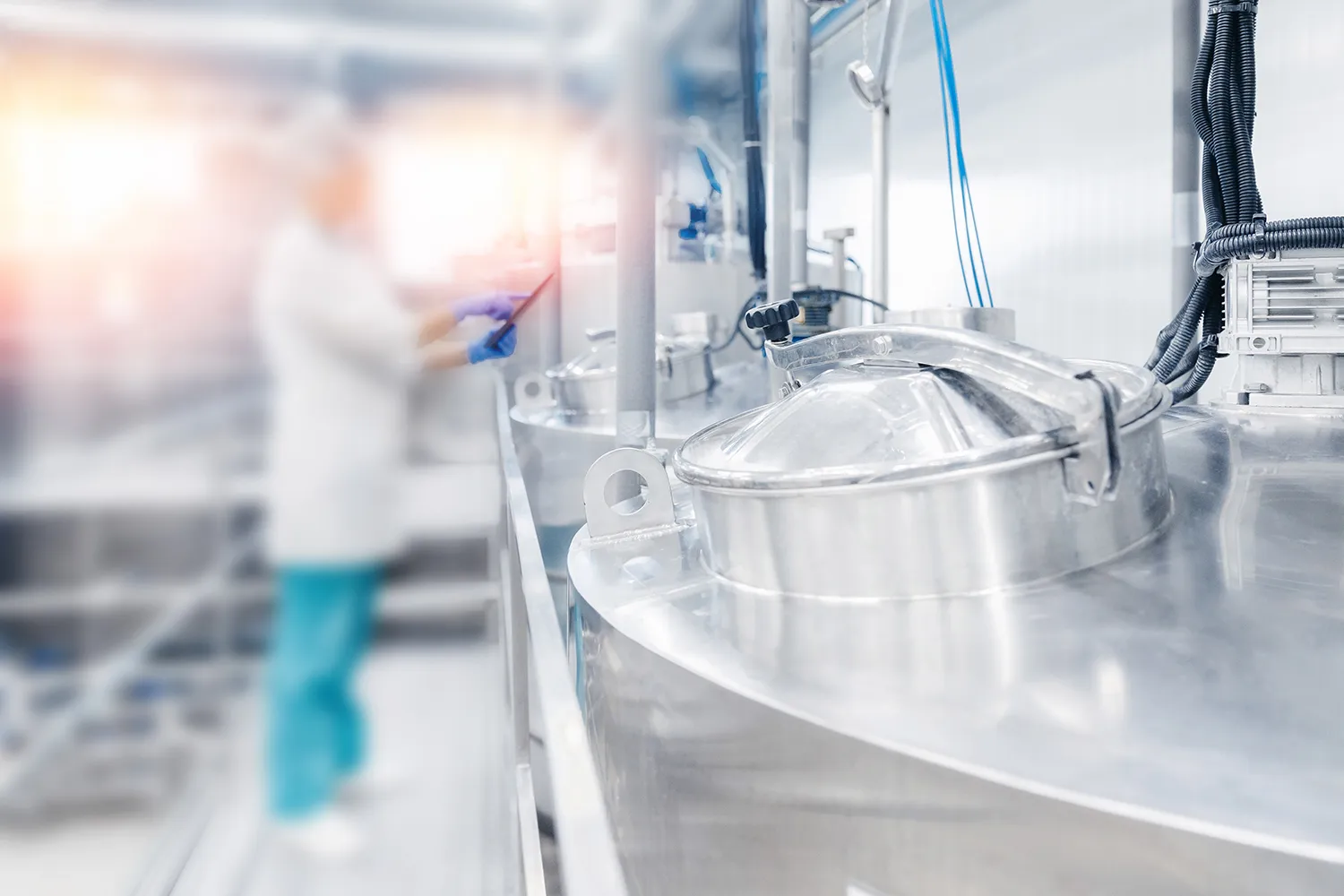
Zakriev highlighted systemic factors favoring AI adoption across Russia’s agribusiness sector: the growth of a unified digital platform for agriculture, rising investment in digital transformation, and the rapid spread of cloud-based analytics.
AI can help expand production, ease labor shortages through greater automation, and improve profitability. For the dairy sector, that means moving from isolated digital tools to full-scale AI infrastructure projects that will serve as blueprints for other industries.
The Food Industry’s Next Phase: Smart Factories
The dairy sector’s AI projects are setting a precedent for adjacent industries such as meat, fish, and vegetable processing. Within the next two years, pilot programs are expected to emerge across these sectors. In three to five years, Russian food processing could evolve into “smart factories,” where AI is embedded across production chains.
Future growth will rely on advances in AI models, analytics, and data science, along with new service platforms, remote monitoring, and IoT-based tools. These “smart factories” will become integral parts of ERP systems, unifying production, finance, HR, logistics, sales, and procurement in a single digital environment.
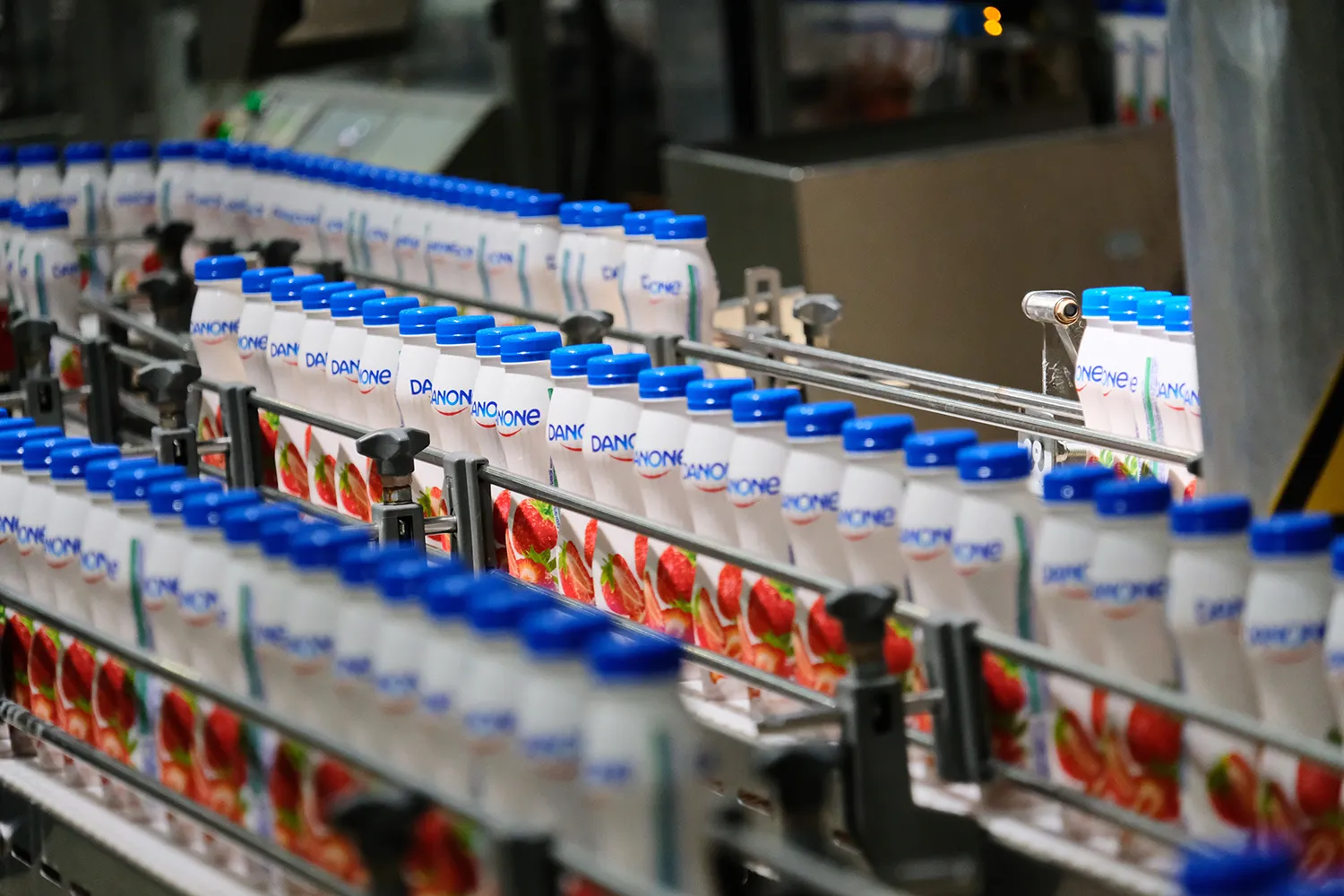
Government programs supporting digitalization—including subsidies for technology adoption—are expected to accelerate this transformation. The result will be higher production volumes, stronger competition, and more affordable food products for consumers.



